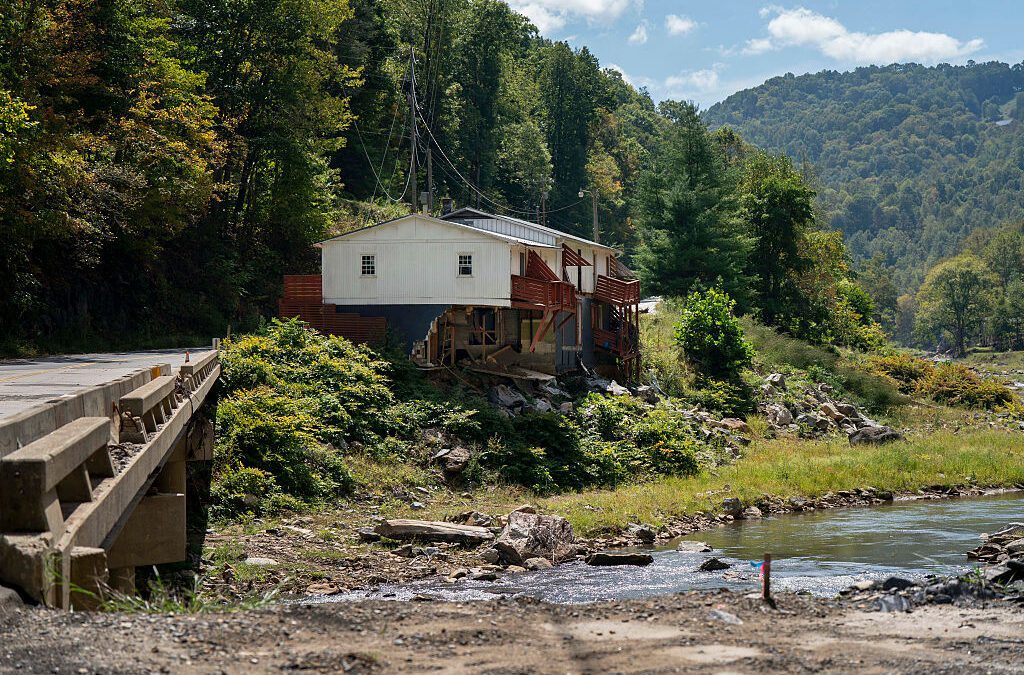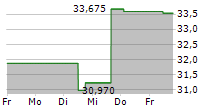Originally published by Cardinal & Pine
By Patricia McIlreavy, Lynette Bell
NORTHAMPTON, MA / ACCESS Newswire / October 20, 2025 / Saturday-Sept. 27, 2025-marks one year since Hurricane Helene flooded Western North Carolina with five months of rain in just three days.
The storm caused widespread damage, affecting homes, businesses, infrastructure and surrounding land, as well as countless lives. It was the worst storm in the history of the state. Survivors, many of whom are still working to fully rebuild, still feel the lasting impact of grief, trauma, and loss.
For those who lost loved ones, homes and livelihoods, every day is a reminder that recovery is a continuous process, not a finite time period with an end date.
Images of flooded streets, downed power lines, hollowed-out homes and abandoned vehicles made it easy to understand the immediate effects of a storm at the scale of Helene. But it's harder to understand what a community goes through in the days, months and years after a disaster.
Destruction can be obvious to see, but it is also hard to measure. According to the Governor's Recovery Office for Western North Carolina, rebuilding from Helene is expected to cost at least $60 billion, and state and federal resources allocated for Western North Carolina are anticipated to cover only a fraction-less than 15%-of that total need. In addition, a lack of data and resources can complicate the recovery process and slow the flow of recovery money to those who need it most, like residents who lost their homes, small business owners who have been unable to reopen, and others traumatized by their experiences.
Every day that a displaced family cannot return home or a small business owner cannot operate productively deepens the emotional, financial, and practical losses survivors suffer.
Immediate aid in the aftermath of a disaster is critical-but consistent, long-term investment is equally vital. Money is needed to rebuild homes, businesses and infrastructure. Essential services-mental health care, legal assistance and trauma-informed support-must be funded to help communities navigate the complex recovery process. Most importantly, recovery needs should be guided by those who live with the repercussions of Hurricane Helene every day. While some disaster grants will take years to be implemented, we need alternative solutions that are accessible and actionable now.
This is one reason the Center for Disaster Philanthropy (CDP) works to mobilize philanthropy for more effective disaster giving. We often say a disaster happens when a hazard meets a vulnerability, and by that, we mean: the more vulnerabilities that exist, the more communities are susceptible to natural hazards. And those vulnerabilities could be physical, like poor infrastructure, environmental, including degraded ecosystems or societal, such as underserved neighborhoods. Recovery should not merely aim to restore what was lost-it presents an opportunity to rethink and redesign communities and systems to address those vulnerabilities, so they are stronger and better prepared for future challenges.
Vulnerabilities often compound over time if unaddressed. For example, Asheville lost hundreds of thousands of trees, leaving mountainsides bare and exposed. Trees aren't just scenic attractions; they are natural ground stabilizers that provide cool in extreme heat, cover in severe storms, and protection from wind and floods. Ecosystem repair is not a luxury-it is an important part of recovery for resilience.
Unfortunately, analyses have shown that the scale and frequency of natural hazards are increasing. We cannot predict when and where they will occur, but we can help communities mitigate their susceptibility to them by facilitating investments in housing reconstruction, small business restoration, ecosystem repair and the replacement of critical infrastructure to shore up vulnerabilities to future disasters.
Philanthropy isn't meant to supplant the scale of state or federal funds, nor can one single philanthropist do it all. However, the philanthropic community can help channel support directly to communities. This is one reason we recently announced a second round of grants from CDP's Truist Foundation Western North Carolina Recovery and Resiliency Fund. These funds, totaling nearly $6.8 million, will go directly to local and community organizations actively leading recovery efforts. The money is a portion of a $21 million partnership between CDP and Truist Foundation to support medium- and long-term community needs. The partnership is part of Truist Cares for Western North Carolina, a three-year, $725 million commitment from Truist and Truist Foundation to support critical small business, housing and infrastructure recovery.
By funding a wide variety of needs-from mental health services to economic revitalization and sustainable rebuilding solutions-philanthropy is helping address the gap between immediate relief and what residents still need, one year after the disaster.
True resilience isn't only rebuilding what previously existed; it's also about reimagining newer, stronger systems that consider what we've learned from the past, in anticipation of future tests that are sure to come.
To hear more about this partnership, join Lynette and Patricia at Philanthropy Southwest's 77th annual conference in Colorado Springs, Col. on Oct. 23, as they discuss "Disaster Philanthropy: Strategies for Resilience and Recovery.
Authors
Patricia McIlreavy is president and CEO of the Center for Disaster Philanthropy.
Lynette Bell is President of Truist Foundation.

View additional multimedia and more ESG storytelling from Truist on 3blmedia.com.
Contact Info:
Spokesperson: Truist
Website: https://www.3blmedia.com/profiles/truist
Email: info@3blmedia.com
SOURCE: Truist
View the original press release on ACCESS Newswire:
https://www.accessnewswire.com/newsroom/en/banking-and-financial-services/opinion-we-need-to-rethink-disaster-recovery-in-north-carolina-1089391


